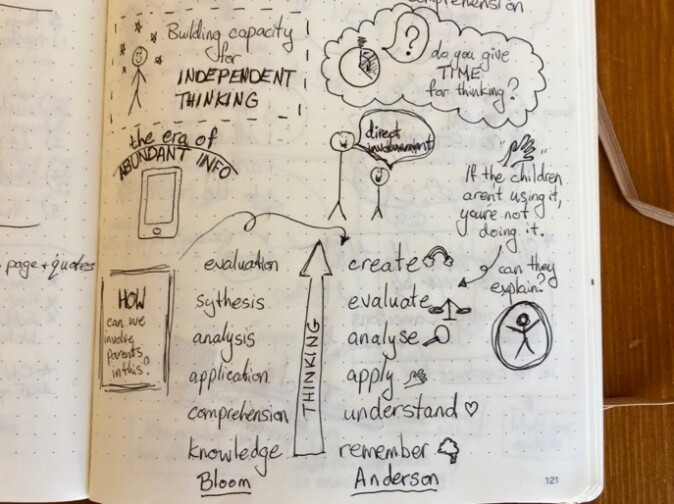
I had the pleasure of attending a Social Thinking conference on the subject of social emotional learning and the role that Speech and Language Therapists can play in this. Over the course of two days Michelle Garcia Winner, Speech-Language Pathologist, shared a variety of practical tools, real-life examples and relevant research to inform how we support children with this important aspect of wellbeing and community participation.
In this short video I share with you five of the key life lessons I took away from the Social Thinking conference.


